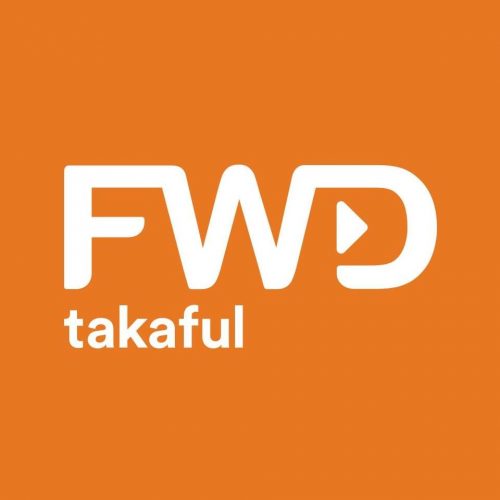Standalone Medical Insurance vs Investment Linked Medical Insurance
Adopting a medical policy is now becoming ever more important, especially since the world is still facing a prolonged health crisis. However, there are many types of health insurance to choose from.
As someone who is interested in getting your own health insurance, it’s important to understand what some of the concepts related to medical insurance are. One of these is Investment Linked Medical Insurance.
We are going to examine what this means, and contrast it with a standalone Medical Insurance policy. As consumers, you should know what each type of medical insurance offers you, so that you know exactly where your premiums are going to.
What is Investment Linked Medical Insurance?
Very simply, an investment linked insurance plan is one that includes an added investment or cash value feature. This means that part of the premium you pay for this investment linked plan will go towards a sub-fund( investment fund) of your choice.
Therefore, an investment linked medical policy is one that has the element of coverage for various medical needs, as well as an added package for investment. The reason this package has been put together is to attract those that don’t just want medical insurance coverage, but to grow a portion of their premiums passively, so it can cover some of the premium’s cost later on.
Basically, this medical policy gives customers added options on how they want to manage their premiums, and use a part of their money to earn interest. This interest can then be used to offset premium payments in the long run.
In short, an investment linked insurance policy has a cash value that can be used to sustain the premium.
Apart from the investment linked option for your premium, the medical coverage portion functions the same way as a standalone medical insurance plan. That is, you can make claims for different medical needs and enjoy various limits for each coverage.
How Does This Differ with A Standalone Medical Insurance Policy?
In a standalone medical policy, you will have to pay the premiums from your own funds, either annually or in a lump sum. The main thing about a standalone medical policy is that there is no passive income, and therefore the entirety of the premiums will have to come wholly from you.
Therefore, the main differences between a standalone medical policy and an interest linked medical policy includes:
Increases in premium.
For investment-linked policies (ILPs), the annual premiums paid are more stable. This is because some parts of the premium will be offset by the interests earned in by the portion of your money being invested. On average, you can expect that the premium increase for these types of policies will only happen once every 8-10 years.
On the other hand, an annual premium increase for a standalone medical policy will increase every 5 years or so, with heavy increments of up to RM5000 to RM10,000 per annum as you approach old age.
Although there are many factors that will influence the annual premiums you need to pay for an ILP, such as fluctuations in medical costs and insufficient funds. However, generally speaking, ILPs have more stable and constant annual premium rates compared to standalone policies.
More options and flexibility
Many ILPs that are offered by insurance providers give you flexibility in determining your coverage. This means that with the cash value provided by the ILP, you will be able to increase or decrease your coverage for different items in the insurance, subject to minimum sum assured and underwriting.
This flexibility is an added advantage for those who wish to change their coverage to suit their needs and determine how much they want to invest into the sub funds provided.
In Malaysia, investment linked policies also have the added flexibility of riders, or add ons. You can choose to add riders such as critical illness riders, waiver riders, accident riders, various hospital allowance riders and more. Standalone policies usually do not carry these options.
How Does the Investment Portion of the ILPs Work?
When you sign up for an investment linked medical policy, as mentioned before, a certain percentage of your premium will go to an investment. This investment will be made in one or more ‘sub-funds’.
Upon registering, you will be given a list of sub-funds for you to choose. Usually, insurance providers allow you to choose more than one fund to invest in.
This step is pretty important and you should not rush into making a decision. Speak to your insurance agent if you are not clear about the terms and numbers.
To be brief, there are several things to consider when choosing the sub-funds that suit you, including:
How much risk you’re willing to take
How much returns you want
Investment funds are such that the higher the returns, the higher the risk is as well. The opposite is also true, whereby low risk investments also yield low returns. The best way to choose is to consider your available resources and understand the amount of risk you’re able to take.
One great advantage of ILPs is that you will be given the option to switch funds, even in the middle of insurance tenure. This option allows you to choose funds that are better suited to your needs and not be stuck with a fund that you may be dissatisfied with.
You may also want to speak to your insurance consultant or agent about balanced portfolios. These are portfolios which are a combination of many different types of investments, with different levels of risk. The idea is that it provides more stability, whereby losses by one fund can be covered by profits in another.
Understanding the Risks of Investment Linked Medical Insurance
Insurance linked policies are fundamentally different from standalone ones, for the fact that there’s a lot more aspects to consider. ILPs, although generally stable, can pose the following risks:
Returns from investment depends on fluctuating markets
The possibility of negative returns is also present
You can always speak to your insurance agent or provider to see if your income and risk status is suited for an investment linked medical policy, and they will walk you through the more difficult and technical aspects so that you may make the best decision for yourself and your future.



